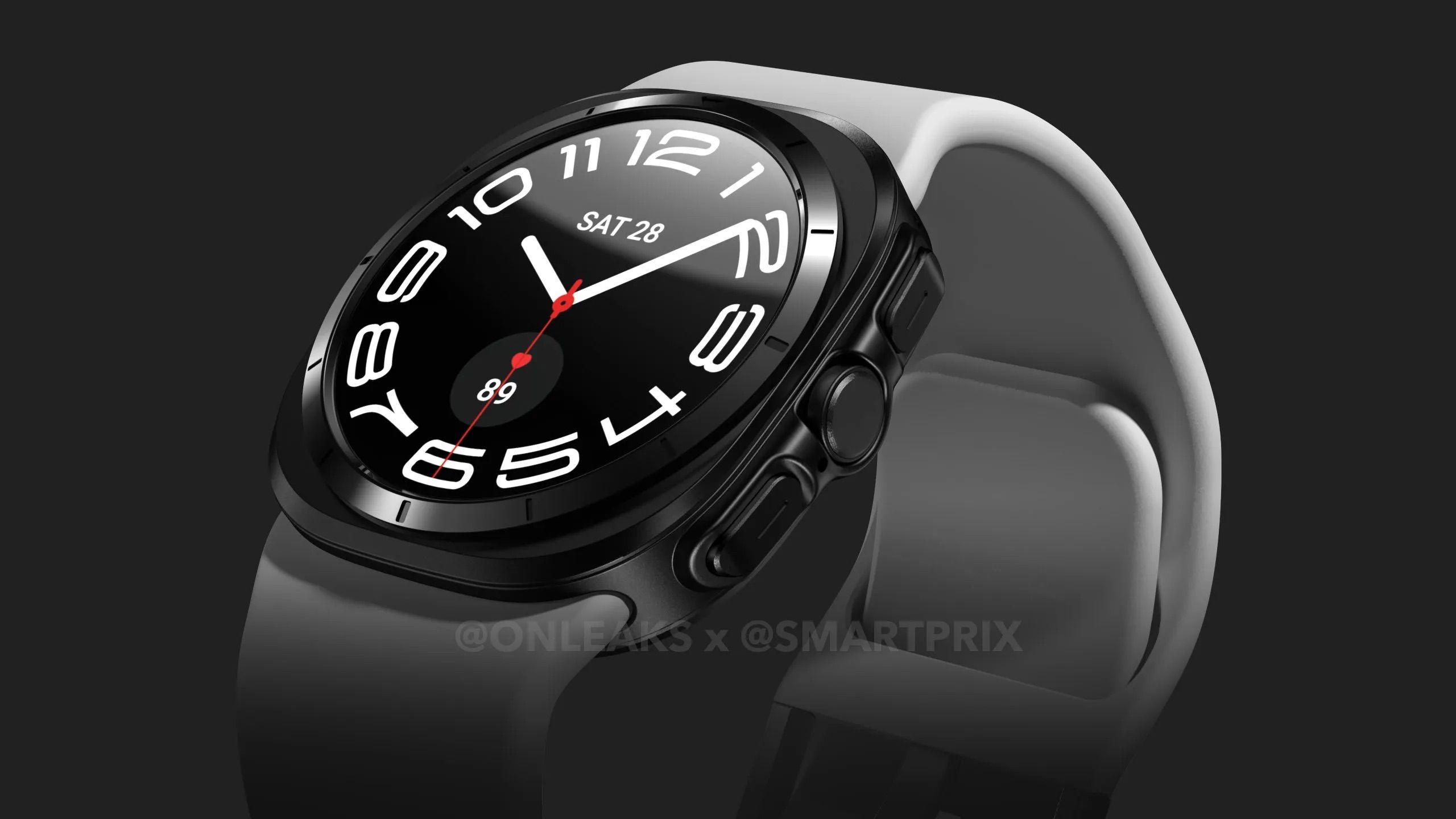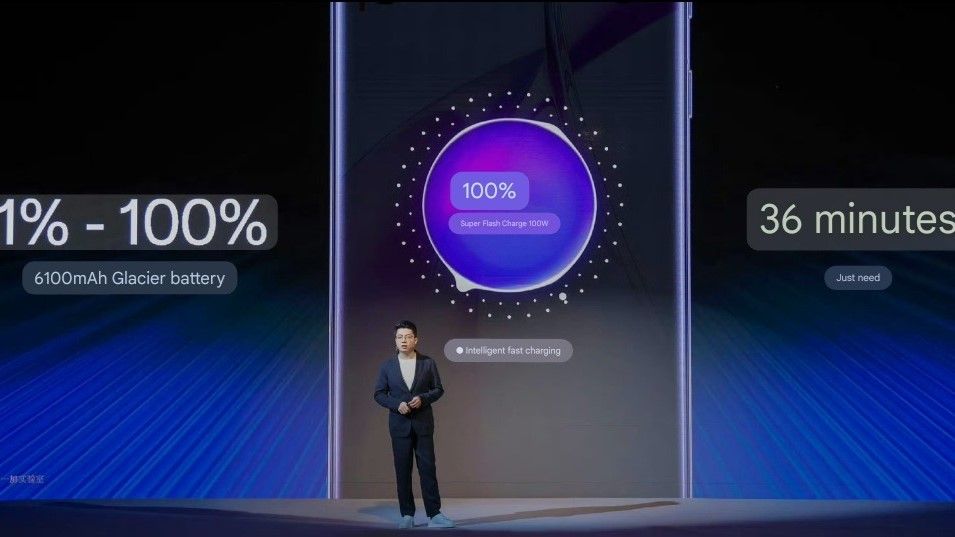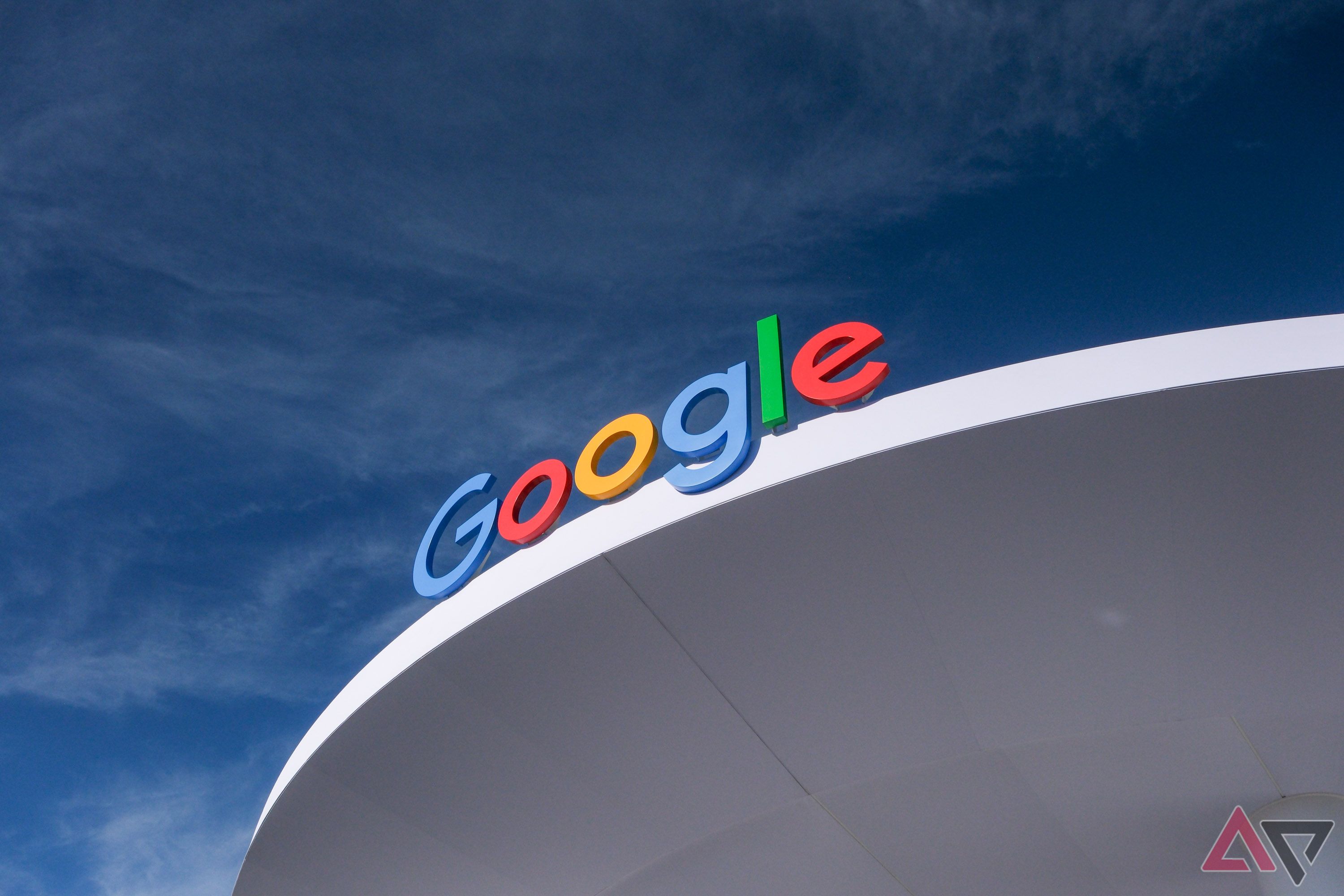Tech
Android 15 goes semi-stable and T-Mobile points a finger at everyone but itself in this week’s news

A little over a decade ago, T-Mobile was struggling to stay in front of Sprint and had nowhere near the subscribership numbers of AT&T or Verizon, so the company decided it needed to position itself as an outsider in order to earn a seat at the big table. This begat its hugely successful un-carrier marketing campaign, cementing an image that persists to this day — even after gobbling up the likes of Sprint, Mint, and US Cellular in typical megacarrier fashion. But just when we started thinking blatant displays of corporate greed couldn’t sway public opinion, the company’s moves to appease shareholders seem to finally be tipping the scales, especially now that people are feeling it in their pockets.
You know things are bad when an Android site leads with carrier news in a week that saw Android 15 achieve Platform Stability status — but we’ve got you covered there, too. Samsung hardware rumors also had a big week, but we were expecting that with Unpacked coming up in no time flat. One thing we didn’t quite see coming was new battery tech that actually isn’t vaporware — all this and more is covered below in this week’s roundup of the top Android news headlines.
T-Mobile, the un-un-carrier
After announcing a series of price hikes in May, then quickly shooting down people who thought they had legal claims after getting roped in with Price Lock guarantees, T-Mobile figured it might as well rip off a few band-aids this week. It started by prepping its customer service team for blowback from a policy that will negate your bill credits if you pay off your phone early — a change that goes into effect July 1.
Next, the carrier decided it was finally time to roll out a long-rumored, much maligned policy change for its Home Internet service: Now, its 5G modem will refuse to work if you plug it in at an address other than the one on file, much to the chagrin of travelers and people who signed up for service using a friend’s address because theirs wasn’t eligible. Then, to cap off a long week of skirting blame and hand-waving customer priorities, the company met claims that a hacker was selling its customers’ data by pointing the finger at third-party partners.
Main Story
T-Mobile denies it has been breached, points finger at third-party vendor
This would be its third big data breach in three years
Android 15 hits a major milestone
Android 15 Beta 3 made its debut this week, and it’s more than just another pre-release build — it’s the Platform Stability release, meaning APIs and app-facing changes have been finalized, paving the way for app developers to ready their wares to support the new version.
Code sleuth Mishaal Rahman quickly got to work mining the new build for hidden functionality, spotting a new biometrics feature that will automatically delete bad face and fingerprint models and prompt you to re-scan. There are some tablet improvements, too, like new Google Home controls on the screensaver and a better way to activate Circle to Search. Meanwhile, Google appears to be redefining what constitutes fast charging and contemplating letting you share its AI wallpapers, but perhaps the biggest change spotted in development was a new Settings menu redesign we’re hoping to see in a future beta build.

Main Story
Android 15 hits a major milestone with Google’s latest release
Today’s Platform Stability release finalizes all the app-facing changes
Samsung Unpacked is just around the corner
With Samsung Unpacked slated for July 10, the rumor mill really started to heat up this week — especially when it comes to the company’s accessories and wearables, with the Z Fold 6 and Z Flip 6 already having been leaked ad nauseam. Although we had already seen the device at CES, we caught our first glimpse of the Galaxy Ring’s charging case this week, and it should look right at home next to your Galaxy Buds’ case.
Speaking of charging cases, we also learned the Galaxy Buds 3 will have a redesigned case that resembles Apple’s AirPods charger — something that makes plenty of sense, given that the buds themselves are rumored to look like a mashup of the AirPods Pro and first-gen AirPods. While that last bit of news might sting if you’re happy with the current Buds’ design, the upshot is the stems are expected to help the Galaxy Buds 3 ditch touch controls for something better.
But the star of this week’s leaks was definitely the Galaxy Watch Ultra — notice we didn’t say Galaxy Watch 7 Ultra, that’s not a typo. We learned the watch will likely be available in two colors — gray and darker gray — but we’re still not sure which makes its strange new shape look better. But Samsung may have felt its flagship watch needed a design that helped it stand out as a status symbol, because rumor has it the price of this thing may take it entirely into display-of-wealth territory.

Main Story
Samsung support page confirms its high-end Galaxy Watch won’t use the same old naming pattern
It won’t be a part of the Watch 7 series
There’s finally some new battery tech that isn’t vaporware
OnePlus had teased it earlier in the week, but with the announcement of its new Ace 3 Pro budget phone, the company made its new Glacier Battery tech official on Thursday. Developed in partnership with battery maker CATL, the battery uses “high-capacity bionic silicon-carbon material” to achieve new heights in efficiency and energy density.
Specifically, the Glacier Battery has a 763Wh/L energy density rating, a 23.1% increase over existing batteries — this enabled OnePlus to fit a 6,100mAh power cell in a space where only 5,000mAh used to fit. It’s said to be faster to charge and more reliable in the long-term, with OnePlus revealing it expects these batteries to retain over 80% of their initial capacity after four years.

Main Story
OnePlus’ new battery tech promises to retain 80% of its life after four years of use
The new battery tech squeezes a 6,100mAh cell into the space previously limited to a 5,000mAh
Ads and AI, a match made in Google heaven
Google took the wraps off two initiatives this week that kind of feel like Alphabet’s endgame: Targeted marketing that uses AI in both the ideation and ad creation stages. In showing off tools it’s making available to advertisers on its various platforms, Google revealed it had created 4,500 unique Pixel 8 ads with AI that ran on YouTube recently.
The company then ran an Instagram Reels campaign that paints a dystopian picture of the future of advertising: Users were able to comment with locations they wanted to see in the Pixel’s Best Phones Forever series of ads, then Google’s AI wrote a script, generated imagery, and even provided the voice acting. Humans still put everything together in Unreal Engine, but with AI tools advancing at their current rates, this is a step that could easily be eliminated in the future.

Main Story
Google’s using AI to take targeted ads to creepy new heights
4,500 different Pixel 8 ads can’t be wrong










